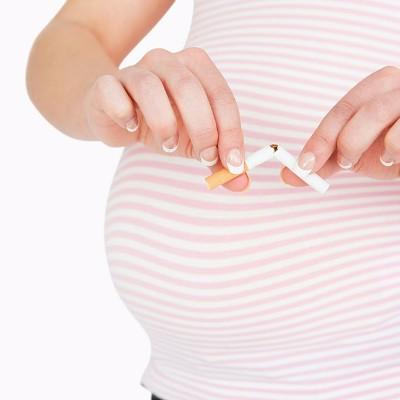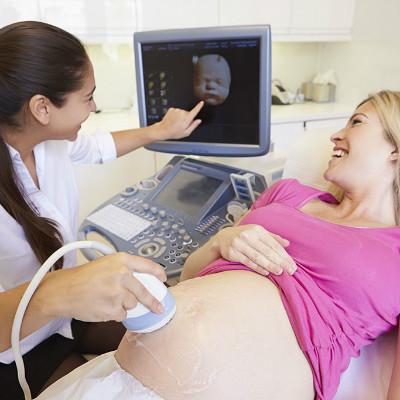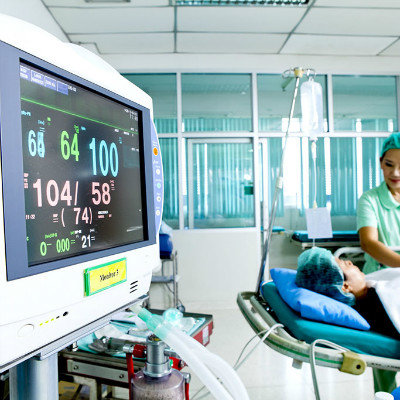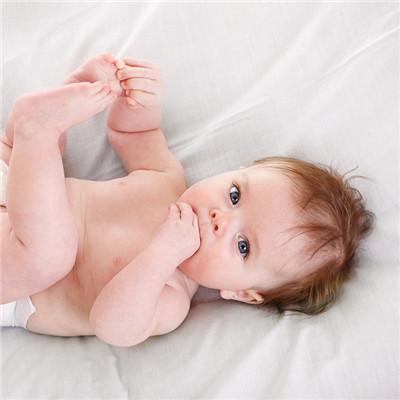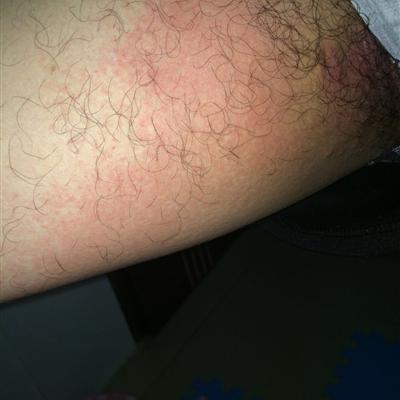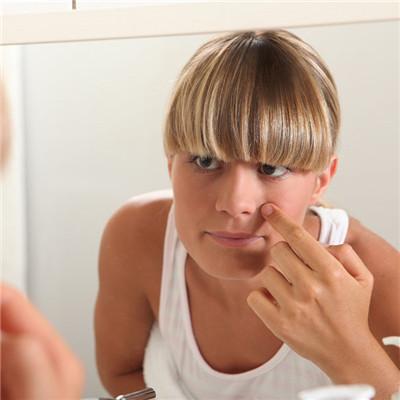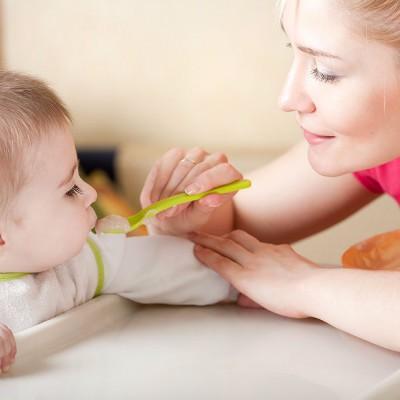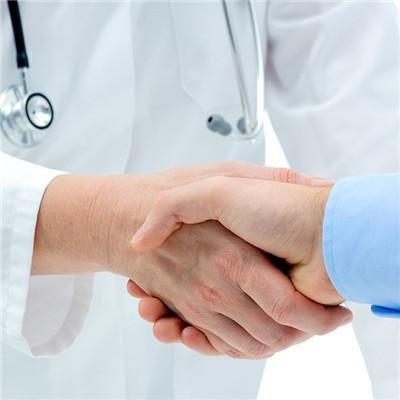What is cryptorchidism?
summary
Testis in the normal development process will descend from the waist retroperitoneum to scrotum. If there is no descent or incomplete descent, there is no testis in scrotum or only one side has testis, which is called cryptorchidism. Clinically, it is also called incomplete descent of testis or undescended testis. Cryptorchidism is one of the most common congenital malformations in children's genitourinary system. What is cryptorchidism? Let's talk about it
What is cryptorchidism?
The secondary sexual characteristics of cryptorchidism patients are male, the affected scrotum is empty and poorly developed, there is no testicle in the scrotum by palpation, and the right side is more than the left side. The development of scrotum is asymmetric in unilateral cases, but there is no obvious scrotum in bilateral cases. About 80% of the testes can be touched on the body surface, mostly in the groin area.

The affected side of the testis is smaller than the healthy side, soft texture, poor elasticity, sometimes the testis and epididymis separation or no epididymis, can not be pushed into the scrotum. Cryptorchidism is often accompanied by indirect inguinal hernia. When complicated with incarcerated hernia and testicular torsion, acute pain and swelling of scrotum or groin appeared.

The examinee's hand must also be warm to avoid testicular retraction caused by cold stimulation. The children can be examined in supine position, sitting position, cross legs position or squatting position. The examinee touches scrotum with both hands. If it cannot be touched in scrotum, carefully check the inner ring mouth and inguinal area. In addition to the possibility of touching the testis, it is necessary to identify other special conditions, especially whether there are sliding testis and retracting testis.
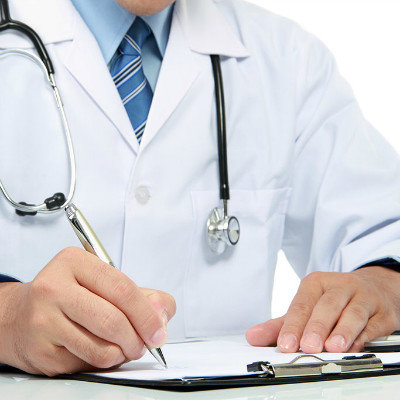
matters needing attention
Hormone therapy can be used for low cryptorchidism, and it can be used cautiously for some children after testicular descent fixation. The treatment is mostly suitable for children under 1 year old, and can be used after 6 months. The main hormones are hCG, luteinizing hormone releasing hormone (LHRH) or gonadotropin releasing hormone (GnRH), or LHRH + hCG.
